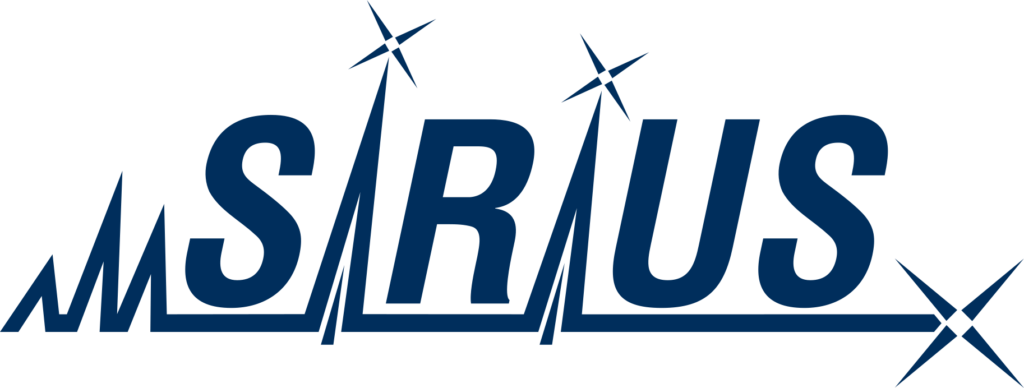The Gold Standard for Infant Nutrition
Human milk is the gold standard for infant nutrition, providing essential components for growth, development, and immune system support. However, growing concerns exist about the presence of chemical contaminants that can enter human milk from our environment, food, and personal care products. For years, scientists have relied on targeted analysis to screen for these chemicals, a method that is limited to detecting only a select number of known compounds, leaving a significant gap in our understanding of the exposome.
Parabens: Endocrine Disruptors of Concern
Parabens are a class of widely used preservatives in food, cosmetics, and pharmaceuticals. Their extensive application has led to their ubiquitous presence in the environment and in human biofluids and tissues. As endocrine disruptors, parabens can interfere with the body’s hormone system1. Studies have linked them to estrogenic (oestrogen-like) activities2 and androgen antagonist activity3, and research has suggested a potential relationship between paraben exposure and the development of overweight children4.
Parabens can be metabolised by the body into “conjugated” forms, such as sulfated parabens5. These conjugated forms can be transferred to human milk. There is concern that these seemingly less toxic conjugated species may undergo deconjugation within the body, reactivating their endocrine-disrupting potential.
A Non-Targeted Study on Human Milk
A recent study by researchers at McGill University and the University of Pretoria employed a non-targeted analysis approach to identify common and previously unreported parabens and other plastic-related contaminants in human milk6. The team analyzed 594 human milk samples collected in Canada and South Africa using high-resolution mass spectrometry (LC-MS/MS). SIRIUS was used to help elucidate the structure of the contaminants and potential candidates were validated using analytical standards.
Finding the Usual Suspects: Detecting Parabens
The analysis revealed the presence of common parabens (methyl, ethyl, and propyl), which are frequently used as preservatives in cosmetics and pharmaceuticals and as additives in food-related materials. The study also found sulfated forms of these parabens, indicating their conjugation potential in human milk.
Beyond Parabens: Discovering Other PRCs
The non-targeted approach successfully identified several other plastic-related contaminants, such as phthalate metabolites and per- and poly-fluoroalkyl substances (PFAS), which are also known as “forever chemicals” and are used in stain- and water-resistant coatings for consumer products and food packaging7. In addition, they found a diverse range of preservatives, UV filters, absorbers, and synthetic antioxidants. Notably, they also detected 1,3-diphenyl guanidine, an accelerator used in rubber vulcanization, which can leach into the environment from products like tires and gloves8.
Finding the Unseen: The Power of In-Source Fragmentation
The researchers leveraged the predictable fragmentation signature of parabens to screen their entire dataset for other unknown compounds with similar properties and identified four additional parabens: butyl paraben and isobutyl paraben, as well as the first-ever reported detection in human milk of phenyl paraben and 2-ethylhexyl 4-hydroxybenzoate (2-EHHB), an isomer of octyl paraben. The high detection rate of 2-EHHB in South African samples (80% from Pretoria) underscores the need for further research into the usage and potential toxicity of this specific compound.
A New Era of Biomonitoring
This study again demonstrates that targeted analysis alone is no longer sufficient. By embracing non-targeted analysis, we can move beyond the usual suspects and begin to see the full, complex picture of our chemical exposure. By moving beyond a predefined list of analytes, scientists can achieve a more comprehensive understanding of the human exposome, providing critical insights into environmental health and infant safety.
References
- Wei F, Mortimer M, Cheng H, Sang N, Guo LH. Parabens as chemicals of emerging concern in the environment and humans: A review. Sci Total Environ. 2021 Jul 15;778:146150. doi: 10.1016/j.scitotenv.2021.146150. ↩︎
- Wei F, Cheng H, Sang N. Comprehensive assessment of estrogenic activities of parabens by in silico approach and in vitro assays. Sci Total Environ. 2022 Nov 1;845:157194. doi: 10.1016/j.scitotenv.2022.157194. ↩︎
- Chen J, Ahn KC, Gee NA, Gee SJ, Hammock BD, Lasley BL. Antiandrogenic properties of parabens and other phenolic containing small molecules in personal care products. Toxicol Appl Pharmacol. 2007 Jun 15;221(3):278-84. doi: 10.1016/j.taap.2007.03.015. ↩︎
- Leppert B, Strunz S, Seiwert B, Schlittenbauer L, Schlichting R, Pfeiffer C, Röder S, Bauer M, Borte M, Stangl GI, Schöneberg T, Schulz A, Karkossa I, Rolle-Kampczyk UE, Thürmann L, von Bergen M, Escher BI, Junge KM, Reemtsma T, Lehmann I, Polte T. Maternal paraben exposure triggers childhood overweight development. Nat Commun. 2020 Feb 11;11(1):561. doi: 10.1038/s41467-019-14202-1. ↩︎
- Shin MY, Shin C, Choi JW, Lee J, Lee S, Kim S. Pharmacokinetic profile of propyl paraben in humans after oral administration. Environ Int. 2019 Sep;130:104917. doi: 10.1016/j.envint.2019.104917. ↩︎
- Chi ZH, Liu L, Zheng J, Tian L, Chevrier J, Bornman R, Obida M, Gates Goodyer C, Hales BF, Bayen S. Investigation of common and unreported parabens alongside other plastic-related contaminants in human milk using non-targeted strategies. Chemosphere. 2025 Mar;373:144154. doi: 10.1016/j.chemosphere.2025.144154. ↩︎
- Dueñas-Mas MJ, Ballesteros-Gómez A, de Boer J. Determination of several PFAS groups in food packaging material from fast-food restaurants in France. Chemosphere. 2023 Oct;339:139734. doi: 10.1016/j.chemosphere.2023.139734. ↩︎
- Li ZM, Kannan K. Occurrence of 1,3-Diphenylguanidine, 1,3-Di-o-tolylguanidine, and 1,2,3-Triphenylguanidine in Indoor Dust from 11 Countries: Implications for Human Exposure. Environ Sci Technol. 2023 Apr 18;57(15):6129-6138. doi: 10.1021/acs.est.3c00836. ↩︎





